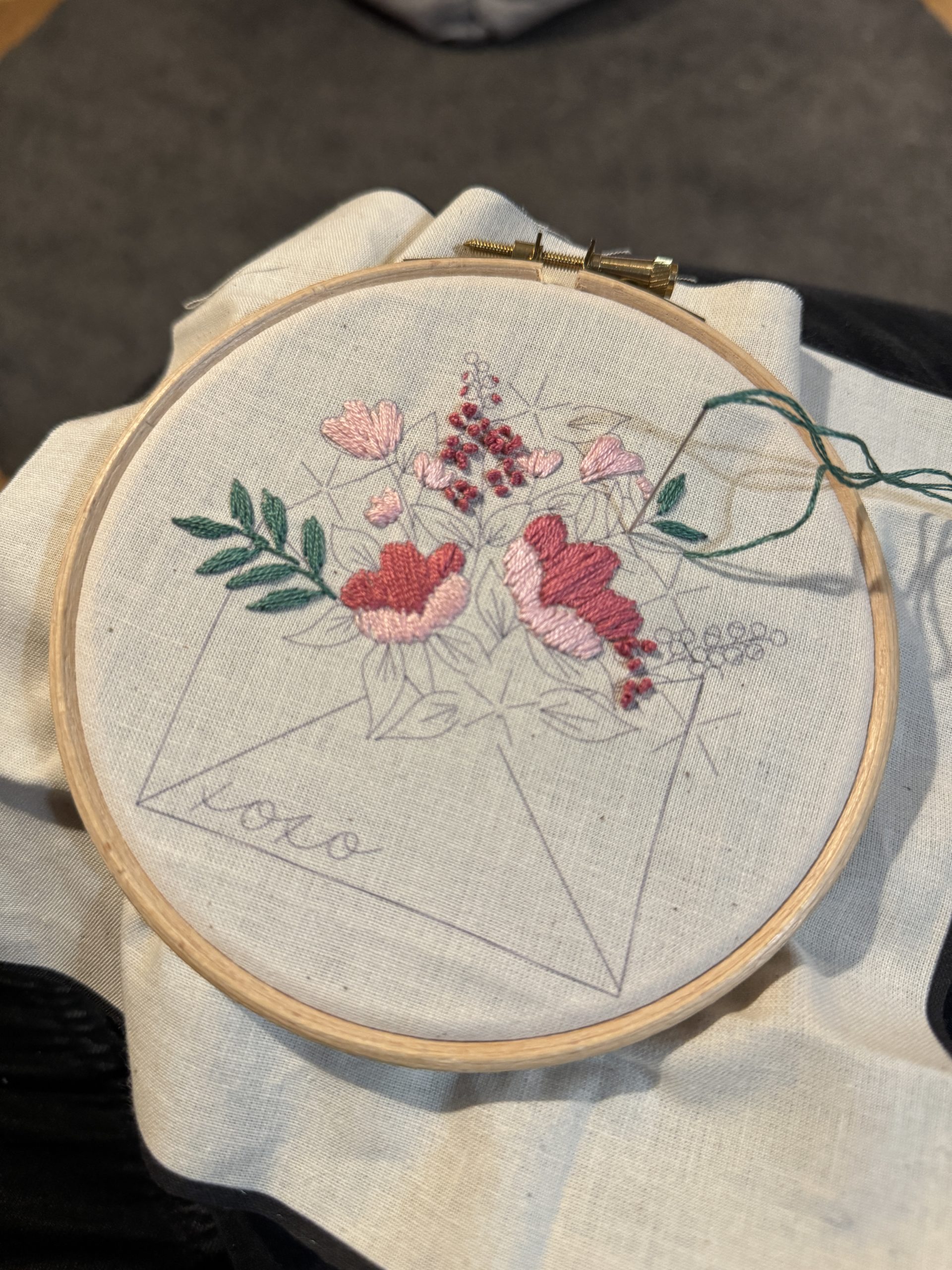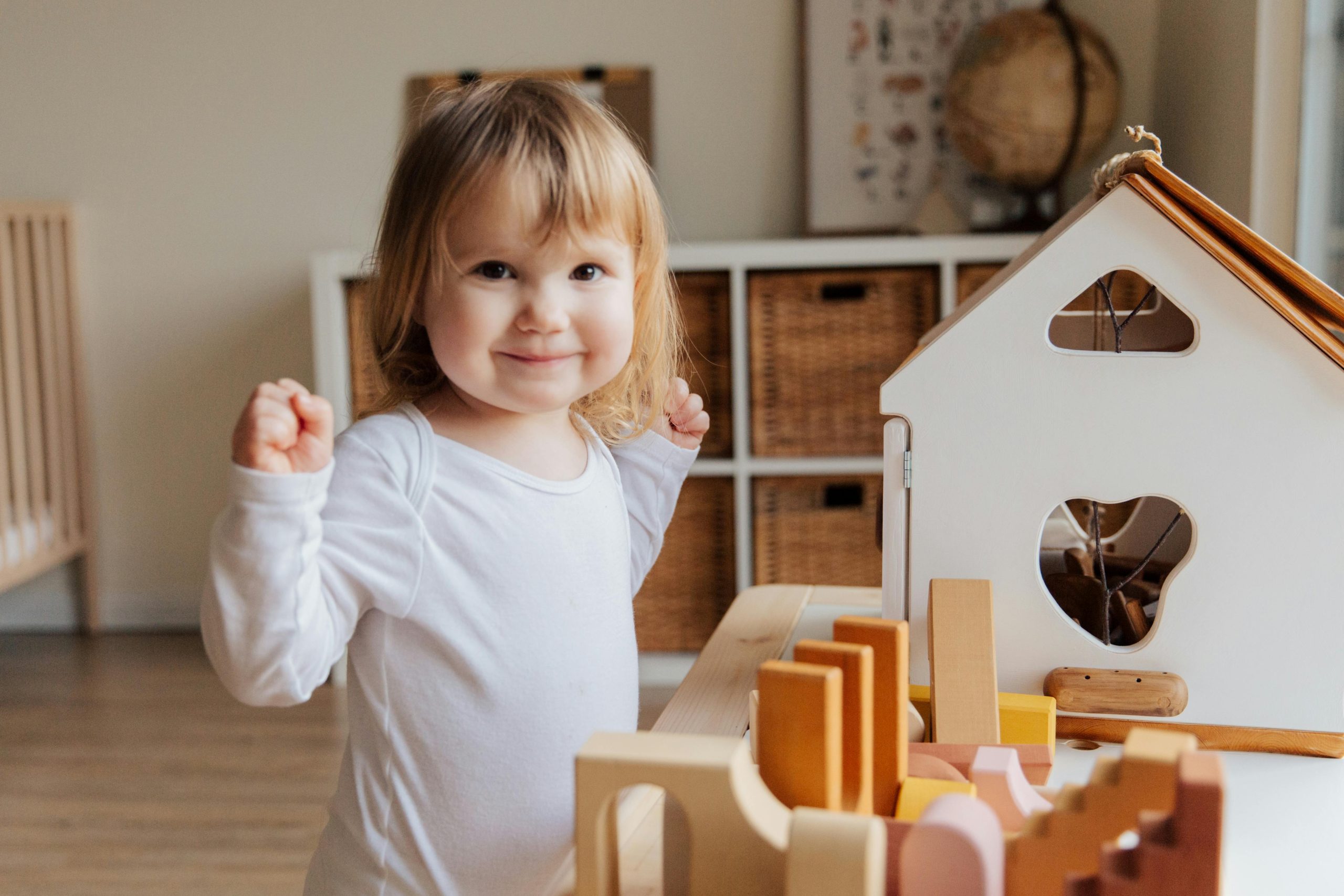As infants transition into busy toddlers, selecting the right building toys becomes instrumental for nurturing both fine motor skills and imagination needed for the developmental years ahead. When properly tailored to match changing abilities at each age range, blocks and construction sets encourage the open-ended creative play and hands-on problem-solving so vital for early childhood growth across multiple domains.
Benefits of Building Toys for Toddler Development
Interactive construction toys deliver specific developmental benefits beyond just being fun pastimes. As toddlers grasp, stack, and knock down blocks, they subconsciously build neural connections that enhance spatial reasoning, geometry concepts, and general cognition. Guiding wooden blocks into towers, arches, and elaborate formations involves substantial hand-eye coordination. The physical dexterity needed from tiny fingers and arms to properly place shapes establishes key motor control and precision.
Cause-and-effect awareness sharpens too as young children experiment to determine ideal block positions for balancing unstable structures. Trials teach early physics concepts like gravity, equilibrium, and symmetry. When creations eventually topple over, toddlers also gain practice in emotional regulation and persistence to rebuild again and again. Above all, open-ended play with the best quality building toys for toddler stages allows unlimited self- expression and creativity within a safe, developmentally appropriate playground for growing bodies and minds to explore possibilities.
Key Skill Indicators by Age
Child development research clearly delineates how construction play corresponds with age ranges during the toddler years spanning 1 to 3 years old. Knowing what physical and cognitive milestones emerge at each phase allows parents and educators to appropriately tailor building toys’ features to match skills that are “just right” for provoking children’s abilities further without overwhelming their still fragile self-confidence.
12-18 Months
In the first year and a half, infants generally demonstrate intense curiosity and mobility along with beginning manual dexterity improvements by using their hands intentionally. Commercial building toys for toddler learning now shift from baby rattles to larger-pieced sets. This age shows readiness for grasping small blocks between thumbs and fingers but only minimal ability to purposefully stack items. Primary motivation stems from sensory input by touching and mouthing various textures and materials.
18-24 Months
Around their second birthday marks when coordinated block-building play manifests as toddlers gain additional precision. Simple vertical towers assemble now with the intention of building up rather than just enjoying knocking structures down! Two-year-olds also start participating in early puzzle play which implicitly builds spatial relationship and sequencing skills. Parents can actively encourage copying easy block structures as an impetus toward symbolic representation abilities percolating within children’s maturing minds.
2-3 Years
By the key preschool ages between two and three years old, hand manipulation and construction talents rapidly bloom in tandem with language development advances happening simultaneously. Now quite complex block structures can take shape with bridges, arches, windows, tunnels and more elaborate configurations. Guide the play by showing pictorial diagrams for toddlers to copy patterns while incrementally stretching their hand-eye capabilities further. Allow free-form exploration as well to maximize cognitive benefits by extracting concepts like balance and geometry from simple toys.
Selecting Appropriate Block Features by Stage
When selecting the best building toys for growing toddlers, tailor key specifications like size, weight and materials to emerging fine motor proficiencies at each maturity phase.
Safety and Durability
Non-toxic finishes safeguard toddlers’ constant mouthing behaviours with wooden toys sustaining years of heavy use during indoor and outdoor play. For the under-age 3 group, bigger-sized pieces prevent hazardous choking possibilities appropriate for still developing co-ordination. Sturdy blocks also withstand aggressive baby handling, throwing, and frequent toppling over structures.
Adjustable Challenge Levels
Some playsets offer progressive skill-building components making it easy to increase task complexity as children master basic stacking abilities. For example, adding cross-pieces forms stable structures to attempt; balancing triangular shapes poses new trials; introducing pattern cards provides models for toddlers ready for duplicating new designs. Adjustable features cultivate ongoing achievements.
Encourage Progress
When participating side-by-side with toddlers, parents and caregivers must resist the urge to perfectly execute a block structure themselves in order to praise the end result. Instead, focus encouragement on toddlers’ determination through the process with exclamations like “You are working so hard to get that tower to stay up! I can see how you are thinking about this!” This motivates problem-solving perseverance and consciously building skills through self-led play experiments.
Special Needs Adaptations
For neurodiverse learners or children with specialized developmental needs, intentionally tailor block play modifications to support emerging capabilities across motor, sensory, social and cognitive domains.
Fine Motor Precision
For toddlers struggling with grasping strength and control, choose extra-large-sized blocks with rounded beveled edges making lifting and placing components easier for small hands. Ridges, knobs or textured surfaces additionally provide tactile sensory input to aid in developing the pincer grip fine finger dexterity and precision required for manipulating small toys.
Sensory Processing
Toy designers skilled in supporting toddlers’ sensory regulation offer blocks in a variety of textures from soft plush to smooth wood. For children easing into touch interactions, the act of simply stabilizing items by lightly pressing or sliding blocks along a surface counts as a sensory acceptance milestone. Soothing cool tones and pastels serve toddlers who need muted visual stimulation for maintaining regulation and focus.
Creative and Educational Extensions
Far beyond just construction skills, enriched block accessories spark storytelling creativity, introduce early math concepts and stretch social play during the toddler years.
Imaginative Play
Populate the block scene with toy figurines, vehicles, miniature play sets, model trees and houses. This propels interactive pretend sequences and child-led narratives starring toddlers’ beloved story heroes or their own invented characters! Dramatic backdrops like castle walls, barns or bridges inspire three-dimensional play stories only limited by young imaginations.
Early Math Skills
With seemingly infinite architectural combinations possible, blocks intrinsically build numeracy concepts like counting, sequential patterns, organization, shape recognition, symmetry, measurement and introductory fractions. Attach vocabulary words to label colours, textures, positions like “under” “inside” and sizes to reinforce concrete language connections vital for toddlers’ cognitive development.
Final Takeaways
A few pointers make integrating building toys into toddlers’ evolving world more successful:
● Rotate speciality pieces periodically to sustain novelty and engagement over years of use
● Allow child-directed investigations by stepping back so your toddler’s innate curiosity and style of experimentation can shine
● Remember, like the structures they construct, children’s abilities progressively grow stronger through unstructured play time fused with caring adult guidance rather than interference.
The simple act of grabbing one block atop another builds developmental milestones across motor, sensory, imaginative and conceptual abilities. Allow young builders room to learn as they create their way to new heights!







